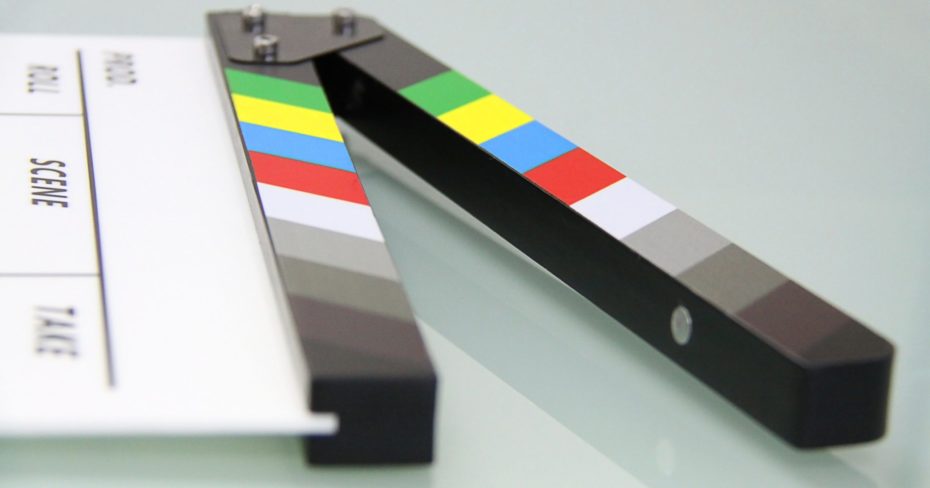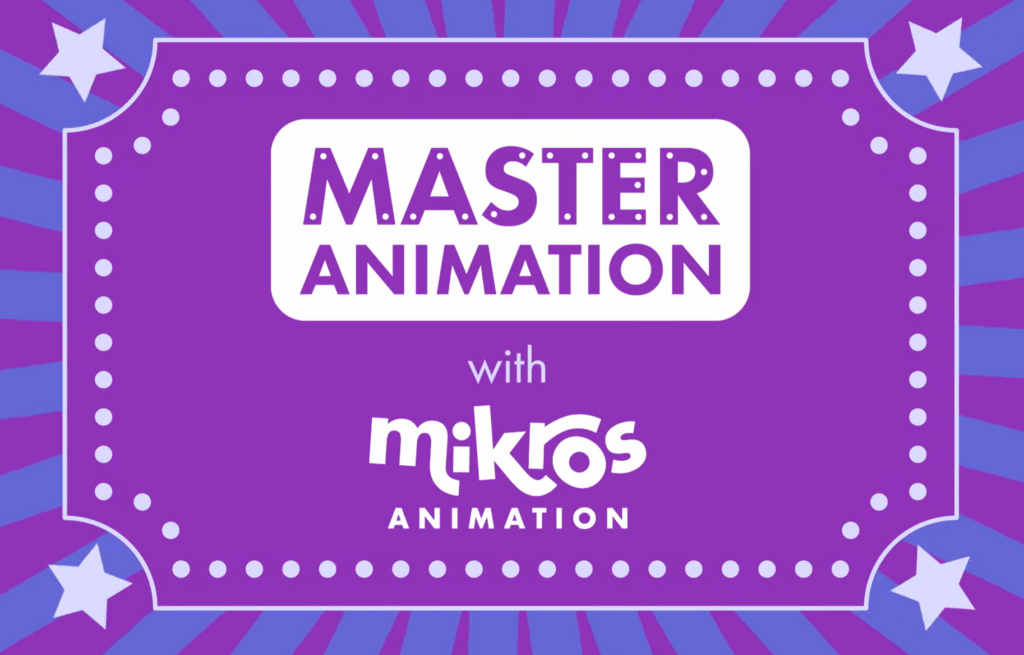M+E Connections

Technicolor’s Mikros Animation Explores Modelling, Rigging
Story Highlights
Modelling and rigging are two of the key components used in 3D and Computer Graphics (CG) animation, according to experts from the Mikros Animation studio at Technicolor Creative Studios.
Mikros Animation was acquired by Technicolor in 2015.
On Aug. 29, during the webinar ” Master Animation with Mikros: Modelling and Rigging,” they provided a master class on modelling and rigging in animation.
This was the inaugural edition of “Master Animation with Mikros!” In the “master class series,” the company’s experts in CG animation will “share everything you need to know about bringing animated characters and their environments to life,” according to the company.
In the first edition, Immanuel Pradeep Kumar, head of the Department for Rigging, and Joseph Antony Raj, a senior supervisor in the modelling department at Mikros Animation, broke down modelling and rigging for 3D animation.
 Kumar has been at Technicolor for more than 18 years, while Raj has spent 24 years in the animation industry.
Kumar has been at Technicolor for more than 18 years, while Raj has spent 24 years in the animation industry.
“I have been an artist since childhood” who started his career as a professional artist when he entered the animation industry, Raj said during the webinar. He is now “leading a team of 40 modellers so it’s [been] an incredible journey,” he told viewers.
Kumar came from a technical engineering background and majored in computer science in college, he noted. “I was good at drawing and painting, which motivated me to take up a CG course after my graduation,” he recalled, adding: “I started my journey as a rigging artist and slowly, step by step, blew up into a rigging lead, then to a rigging supervisor. I then got an opportunity to move into the pipeline team to serve as a … supervisor for a few years, and recently returned to the rigging team” head of the department.
The rigger is technically a sound person “with a good amount of artistic skillset as well,” Kumar said. “I would say he needs to be a logical thinker and a very good troubleshooter. Mathematics is something that can come in handy for a rigger because we deal with a lot of math” while working, he pointed out.
“Python scripting is definitely an added advantage for the rigger because a lot of automation can be done with that to speed up the rigging process,” Kumar went on to explain. “But I wouldn’t say it’s a must have for all the riggers because there are very good riggers” who don’t have much scripting knowledge.
For riggers, the “first client is an animator, so meeting their expectation is the first and foremost thing,” according to Kumar. “For an animator, his expectation is always about getting a high-performing, fully functional and an optimised rig. So, meeting that expectation is a first priority for any rigger. Apart from delivering the rigs to the animators, the rigger’s job doesn’t end over there. He is also responsible to ensure that the file flows smoothly in the pipeline.”
Also important is an “attention to detail,” he added.
Meanwhile, to be a good modeller, it is important to pay attention to nature and be a good observer,” according to Raj. That is because “we need to capture what we see in nature for our modelling,” he explained.
Drawing skills capture ideas and is considered to be the most important secondary skill for any modeller, he said, noting that 3D modelling is used in various industries, including live action film, animation, gaming, interior design and architecture. It is also used in the medical and mechanical sector, he added.









